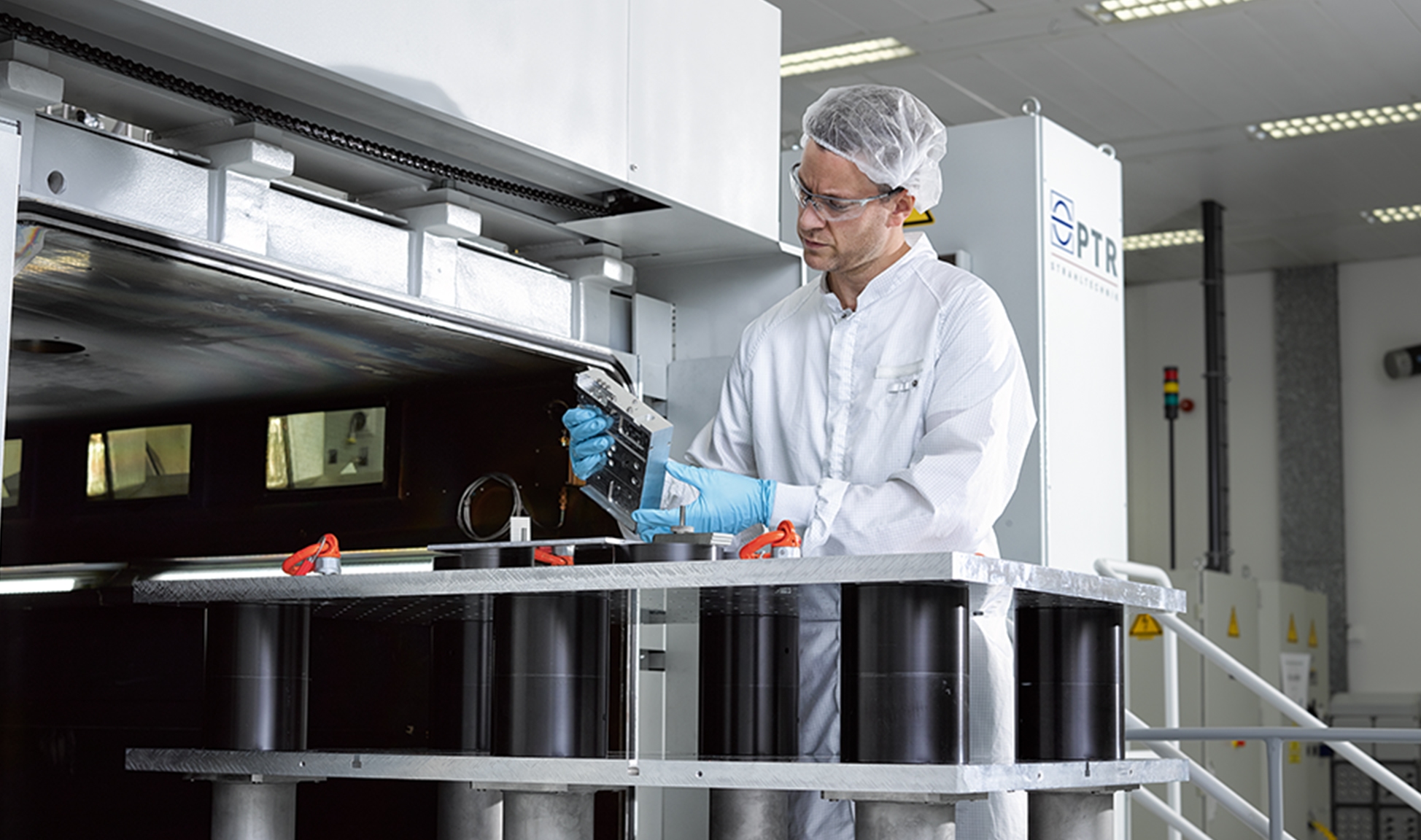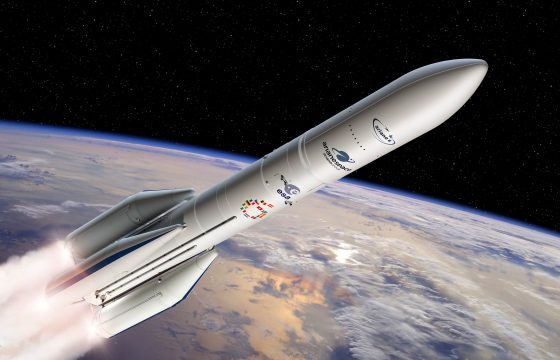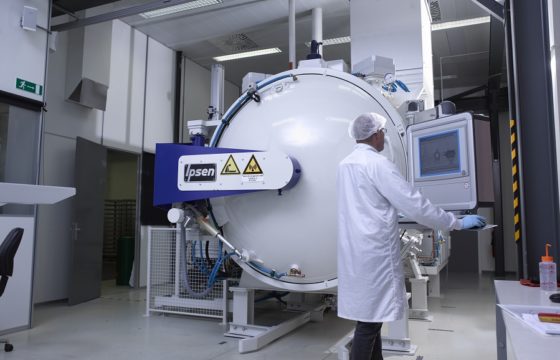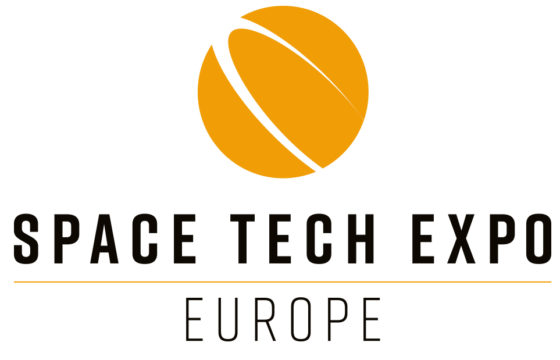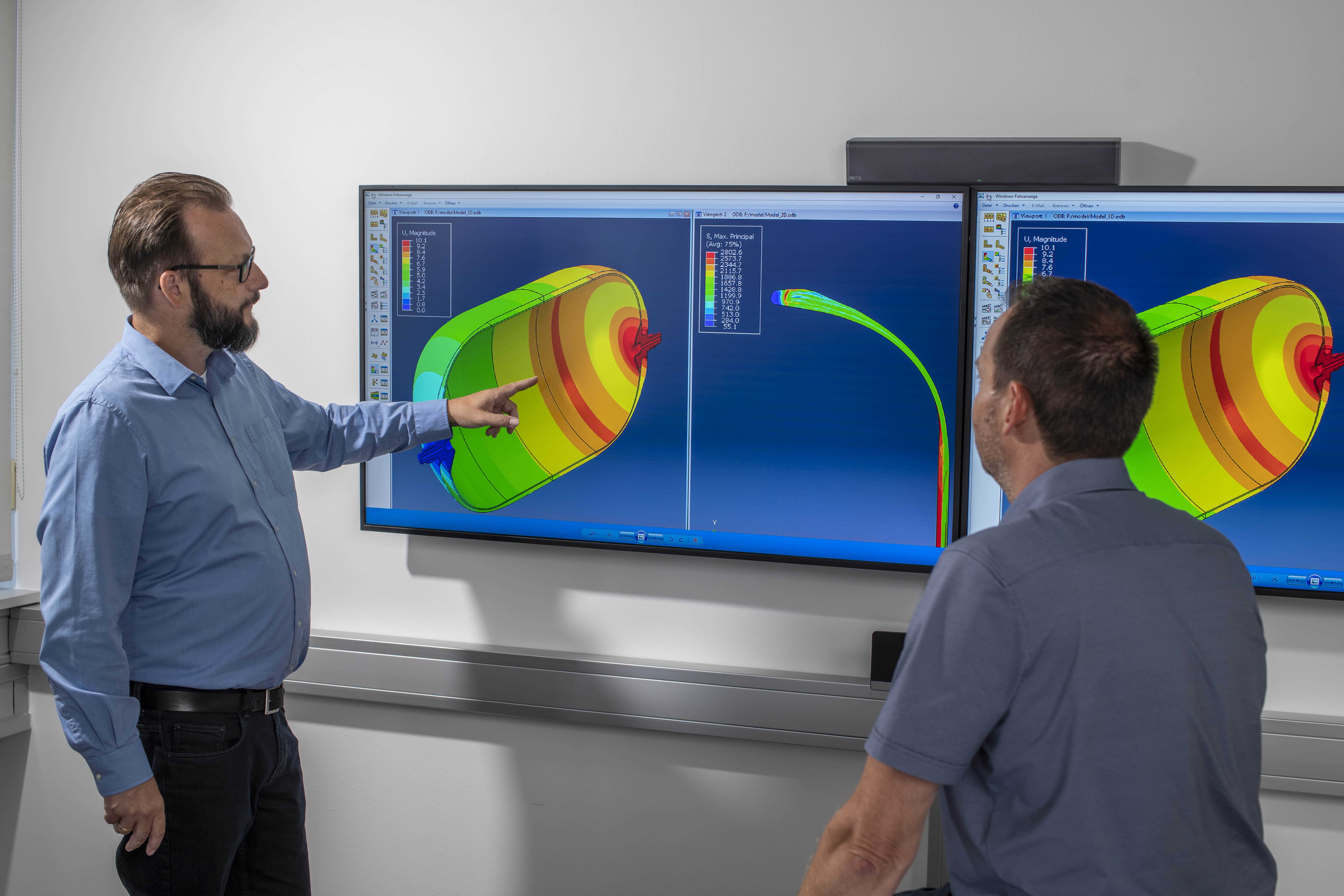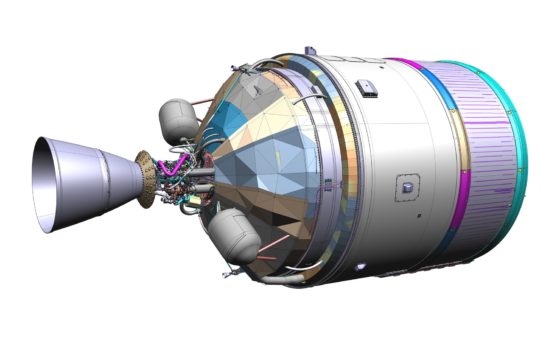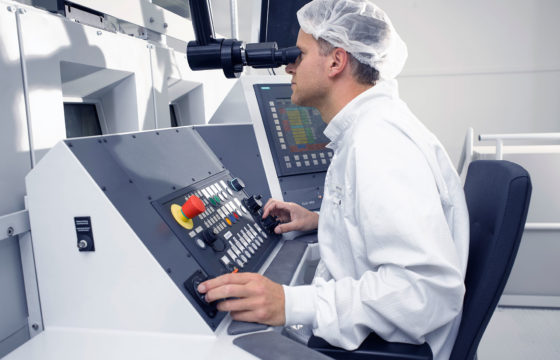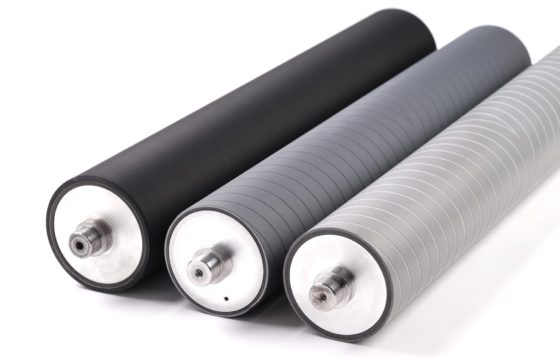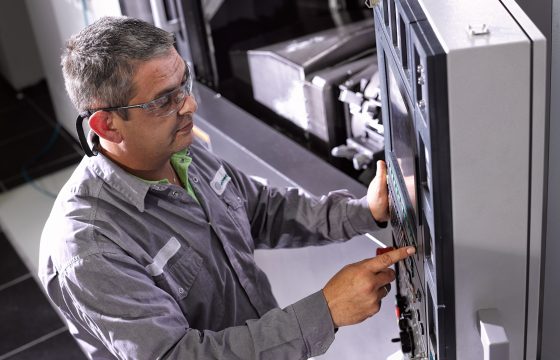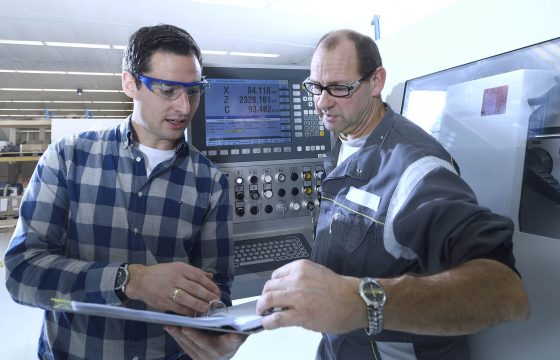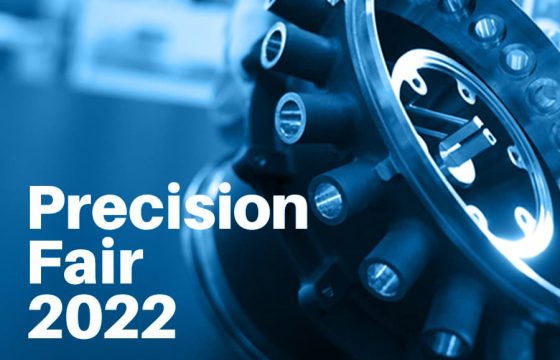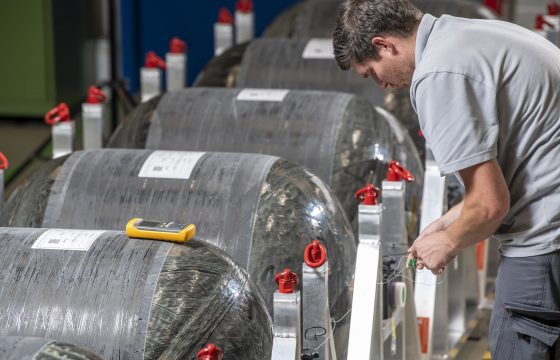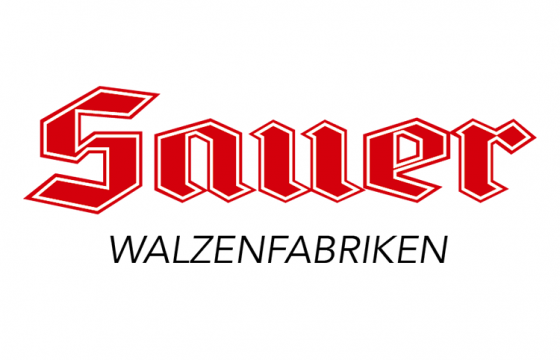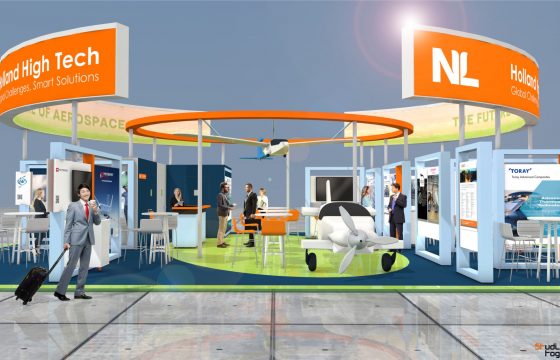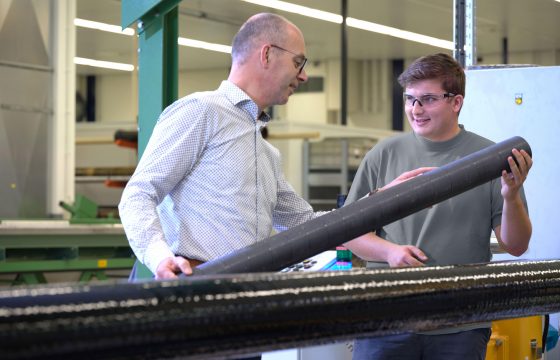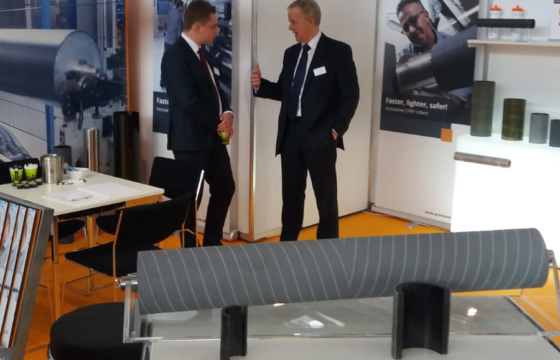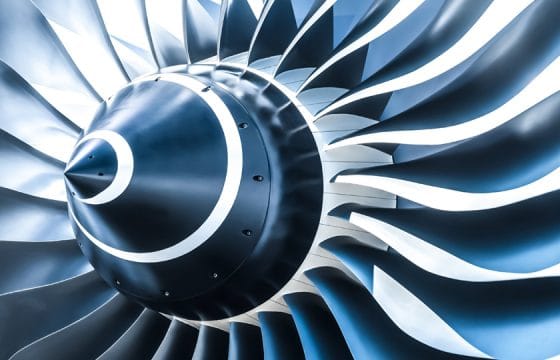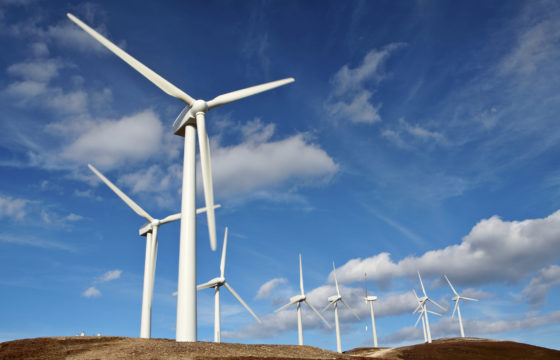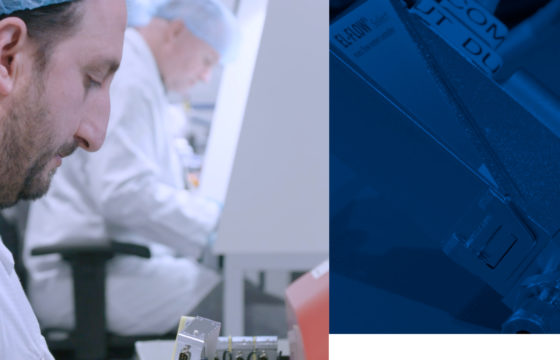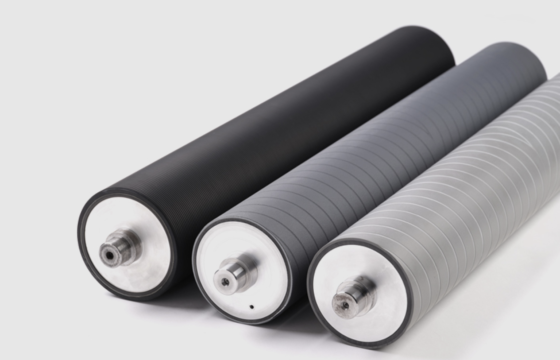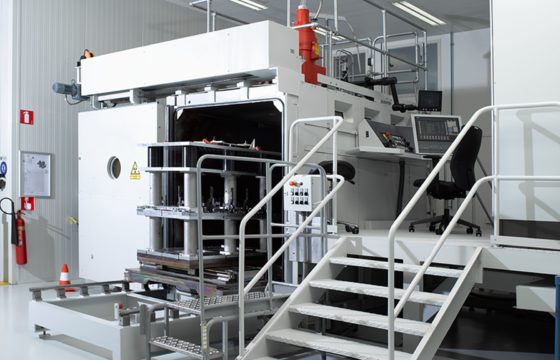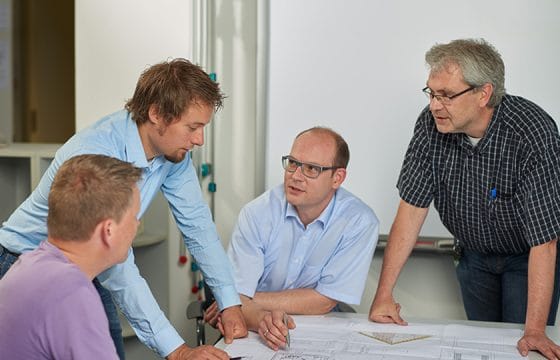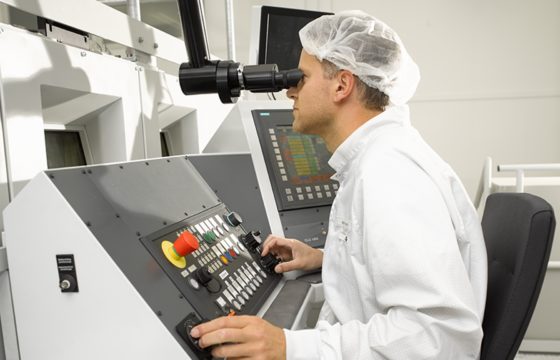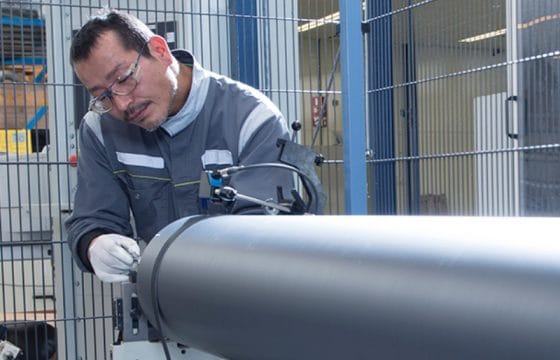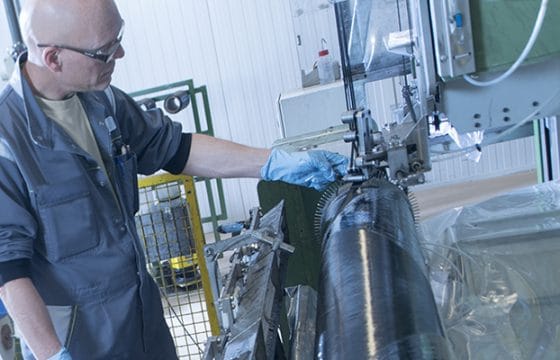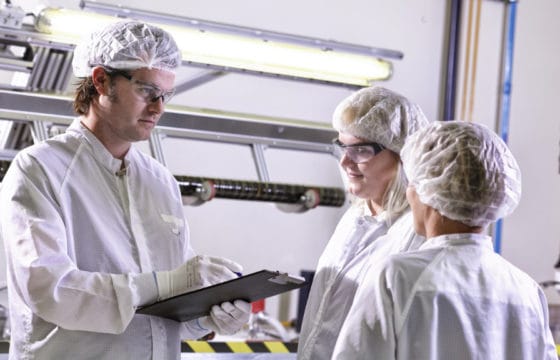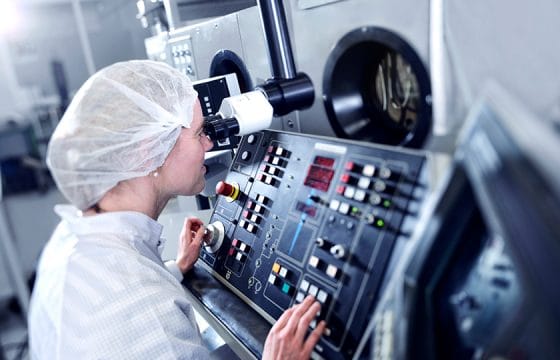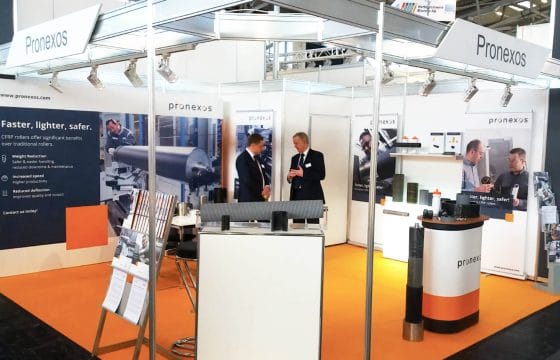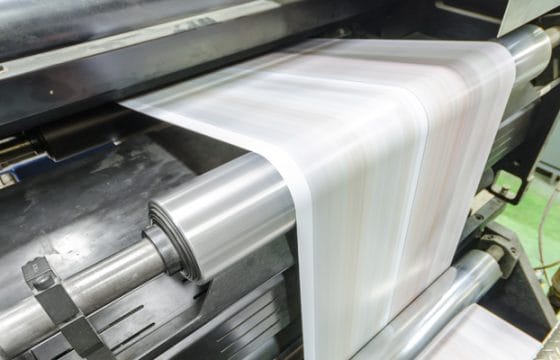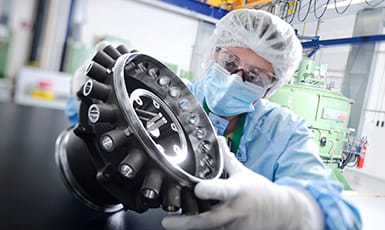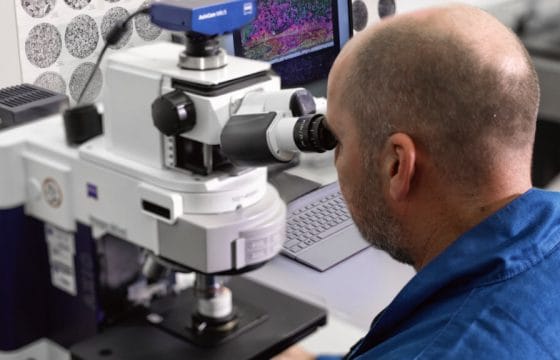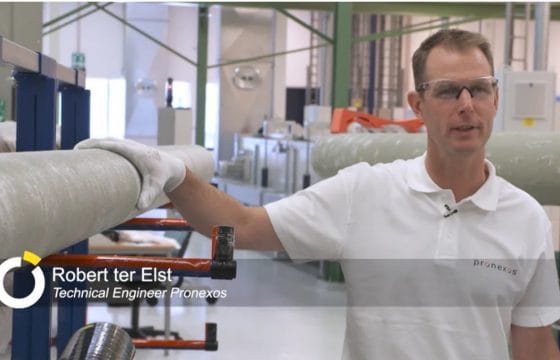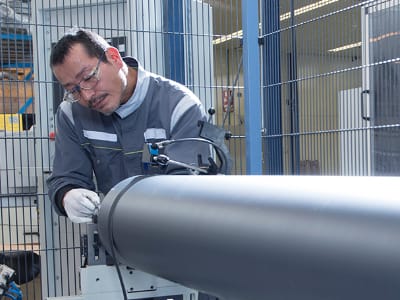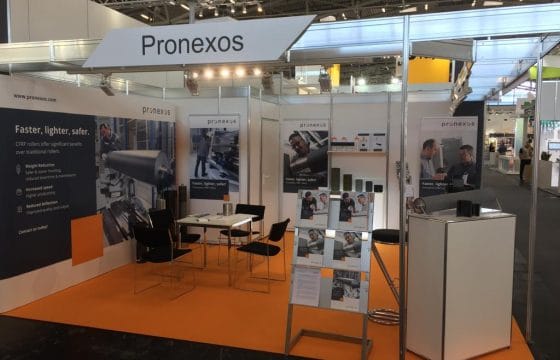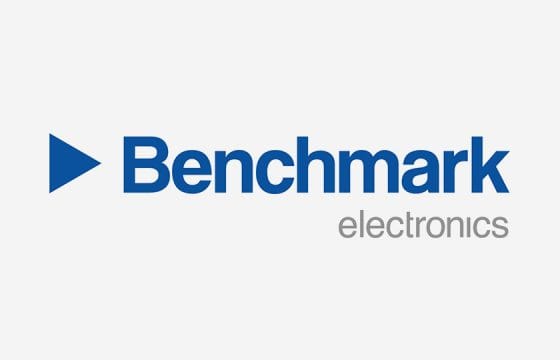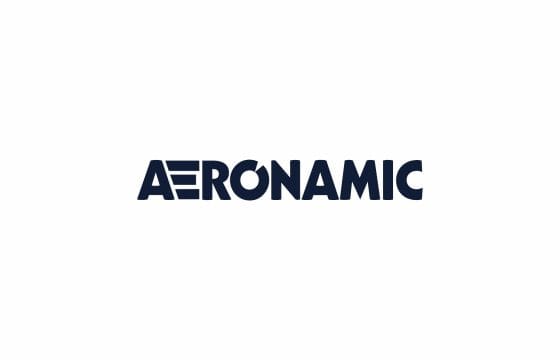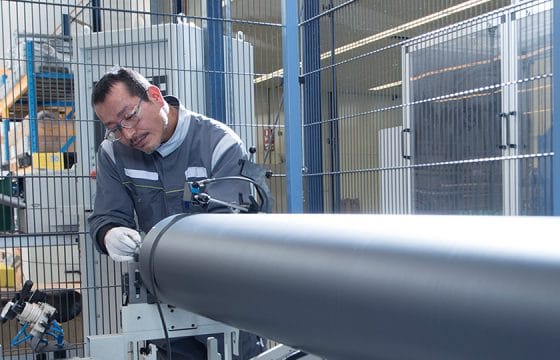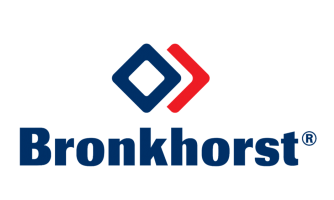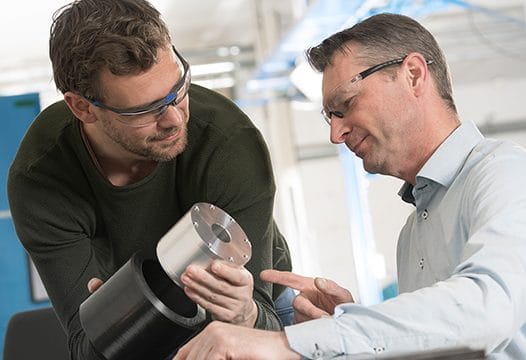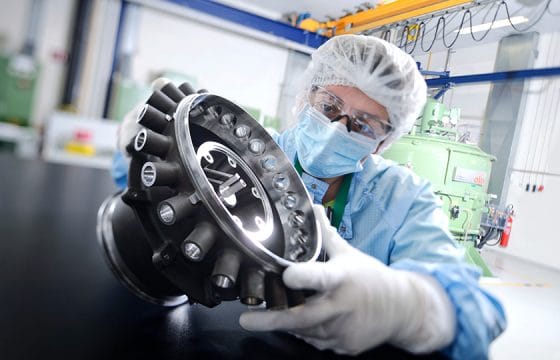Electron beam welding (EBW) is not suitable for all welding tasks, but it has a range of applications in industrial sectors such as:
- the automotive industry (sprockets, valves, etc.)
- the oil and gas industry
- the semiconductor industry (stainless steel and aluminium heat sinks)
- the aerospace industry.
The EB welding process is suitable for all electrically conductive materials that can be welded using conventional arc welding processes (electrode, MIG/MAG and TIG), and for welding some combinations of dissimilar materials. The vacuum means it’s also good for welding oxygen-sensitive materials, such as aluminium in particular, as well as copper, stainless steel, titanium, niobium and tantalum.
Laser welding can have the drawback that the surface reflects the beam, but this is not a problem with electron beams. There is also no porosity, a common imperfection when using conventional welding processes on aluminium.
Deep, narrow welds
Electron beam welding can create very deep (up to 30 mm) and narrow welds, and it has many other advantages too:
- working in a vacuum means there are few or no contaminants in the weld pool, which is particularly beneficial when welding materials that are sensitive for porosity, such as titanium, aluminium and copper
- EB welding doesn’t produce much heat in the base material directly next to the weld, so there’s only a very narrow heat-affected zone (HAZ). This helps to preserve the material’s properties, with only a relatively small amount of shrinkage and distortion after welding
- there’s no need to post-process products that have ben EB welded
- EB welding can also be used to apply cosmetic welds, with any imperfections on the weld surface easily removed
- the high level of automation involved in EB welding ensures the welding process can be easily reproduced.
